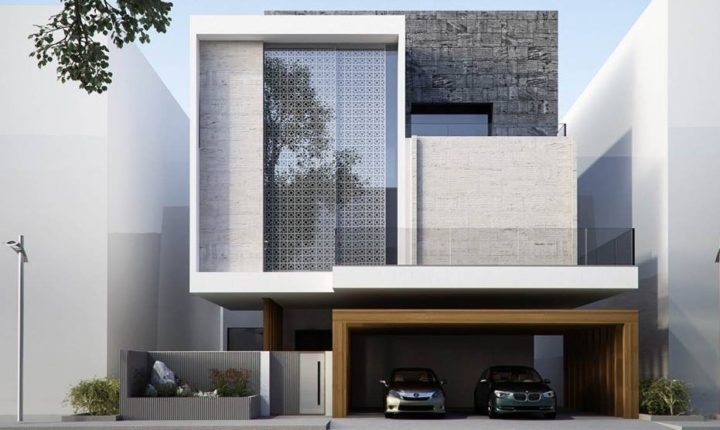|
Just the Peaks This newsletter, at a glance
|
For developers, parking is a ‘necessary evil’
Check out new trends sure to please investors and tenants alike
From multi-families and mixed-use buildings to retail complexes and other commercial ventures, access to parking is absolutely necessary. But for those developing a project, the subject of parking structures isn’t the most appealing. Not only do they demand big dollars; they also gobble up precious space that could be used for rental units, outdoor attractions, landscaping, and other amenities likely to entice prospective tenants.
Easy parking—or a walk in the park?
If you follow the latest rental trends, it seems so much emphasis is placed on ‘livable’ outdoor spaces. This fact is evidenced in countless tenant ‘wish lists’ mentioning community pools, rooftop decks, dedicated yoga spaces, dog parks, pet washing stations, walking paths and other amenities that require real property.
Still, people living and working in your space want to know they have safe, reliable access to parking for their vehicles day in and day out. For new construction, per-unit parking ratios are slightly down in recent years at 1.46. But renters are not as progressive as they may appear. Dedicated spots are still in hot demand, with 94% of survey respondents listing ‘parking’ as a top community amenity. So, this area of development remains a clear priority for CRE investors.
With construction costs growing faster than rent, developers need to get creative. Luckily, industry innovators have been hard at work finding ways to satisfy current tenant demands while anticipating some of the huge transportation shifts coming down the pipeline. Turns out, the key to success is adaptability.
Whether you’re spearheading a new investment or want to revamp your existing structures, consider these parking trends sure to impact multi-families and more.
How to Stack Your (Parking) Deck
Top 2019 CRE Trends
Encourage rideshare services
Savvy developers and landlords are subtly nudging tenants to ditch their vehicles in favor of more cost-effective methods of transportation. Ultimately, services like Uber, Lyft and even the traditional carpool are a win-win for owners and tenants.
New multi-family sites are cropping up with special rideshare pickup spots, designated parking spaces for Zipcar vehicles, and in metropolitan areas, bike-sharing stations like those offered by Citi Bike. Tenants are also lured with prepaid transit cards (likely bundled into their monthly rent). These investments create little to no physical footprint and are far more economical than building a permanent parking structure.
Move toward automation
Yes, in addition to self-driving cars, automated parking garages are actually a thing. No more circling the lot or waiting to hand off your keys to the next available attendant.
From valet robots to self-parking lift systems, the future is already here. For instance, the New Jersey-based company ParkPlus specializes in “parking solutions for high-density urban living,” building custom self-parking garages for mixed-use properties of all sizes. The idea is simple: Residents pull up onto a platform, exit the vehicle, and let the machine stack it atop their neighbors’ cars. It saves time, space and a world of stress.
Although the cost of such a structure would be prohibitive for most projects, what matters is the inspiration. By replacing those long, sloped ramps with some version of a compact, vertical system, you open up valuable square footage.
Leave options open
Even for the most forward-thinking developers, the idea of totally eliminating parking is a scary prospect (especially when you have property available). But think about the situation of countless apartment and condo dwellers in America’s big cities. CREJ reports, “Several apartment developers recently designed communities with little to no on-site parking and entered into contracts with nearby property owners to provide off-site parking, which can be reduced over time as demand decreases.”
It’s a clever solution, but there’s another—more progressive—option.
Architects have been toying with the concept of ‘convertible’ parking garages, which would accommodate vehicles for the time being. But ten, twenty or thirty years from now, owners could renovate the spaces into rentable units. Such flexible designs could potentially save hundreds of thousands of dollars in construction costs down the line. Prototypes are already in the works, such as in Denizen’s World Trade Center in Denver.
For more on the transformation of multi-family parking, see the National Apartment Association’s full report.
Everest asks: What’s the problem with parking?
It isn’t going anywhere (just yet)




